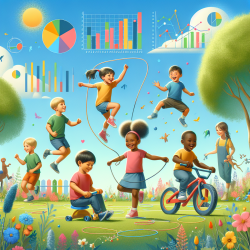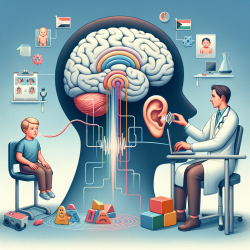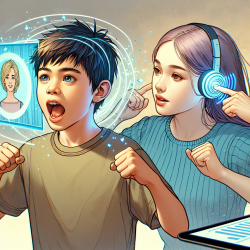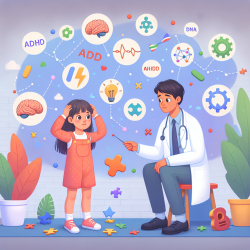Introduction
In the quest to optimize child development, the interplay between physical activity (PA) and gross motor skills has garnered significant attention. A recent study titled "Bidirectional relationships of physical activity and gross motor skills before and after summer break: Application of a cross-lagged panel model" provides compelling insights into how these factors interact, particularly in children from low-income families. This blog delves into the study's findings and explores practical applications for practitioners aiming to enhance child development outcomes.
Key Findings
The study, conducted on 440 children from three low-income schools, utilized a cross-lagged panel model to examine the relationships between school PA and gross motor skills before and after a summer break. Notably, the research found that:
- Gross motor skills, specifically ball skills, before summer break significantly predicted school PA after summer break.
- There was no evidence of bidirectionality, meaning school PA before summer break did not predict gross motor skills afterward.
- The relationship was stronger in females, suggesting potential gender-specific interventions.
Implications for Practitioners
For practitioners, these findings underscore the importance of focusing on gross motor skill development, particularly ball skills, to enhance PA levels in children. Here are some practical steps to consider:
- Incorporate Ball Skills in Curriculum: Emphasize activities that develop ball skills, such as throwing, catching, and kicking, in physical education programs.
- Gender-Specific Interventions: Given the stronger relationship in females, tailor interventions to address the unique needs and challenges faced by girls in developing motor skills.
- Parental Engagement: Encourage parents to engage their children in ball-related activities during summer breaks to maintain skill development.
Future Research Directions
While the study provides valuable insights, it also highlights areas for further research. Future studies could explore:
- The impact of gross motor skills on other health-related behaviors and outcomes.
- Longitudinal studies to assess the sustainability of PA improvements linked to motor skill development.
- Interventions that integrate psychosocial factors to enhance motor skill acquisition and PA levels.
Conclusion
The relationship between gross motor skills and PA is pivotal in promoting healthy child development. By focusing on enhancing these skills, particularly ball skills, practitioners can play a crucial role in sustaining children's PA levels post-summer break. This study serves as a foundation for developing targeted interventions that can lead to better health and developmental outcomes for children.
To read the original research paper, please follow this link: Bidirectional relationships of physical activity and gross motor skills before and after summer break: Application of a cross-lagged panel model.










